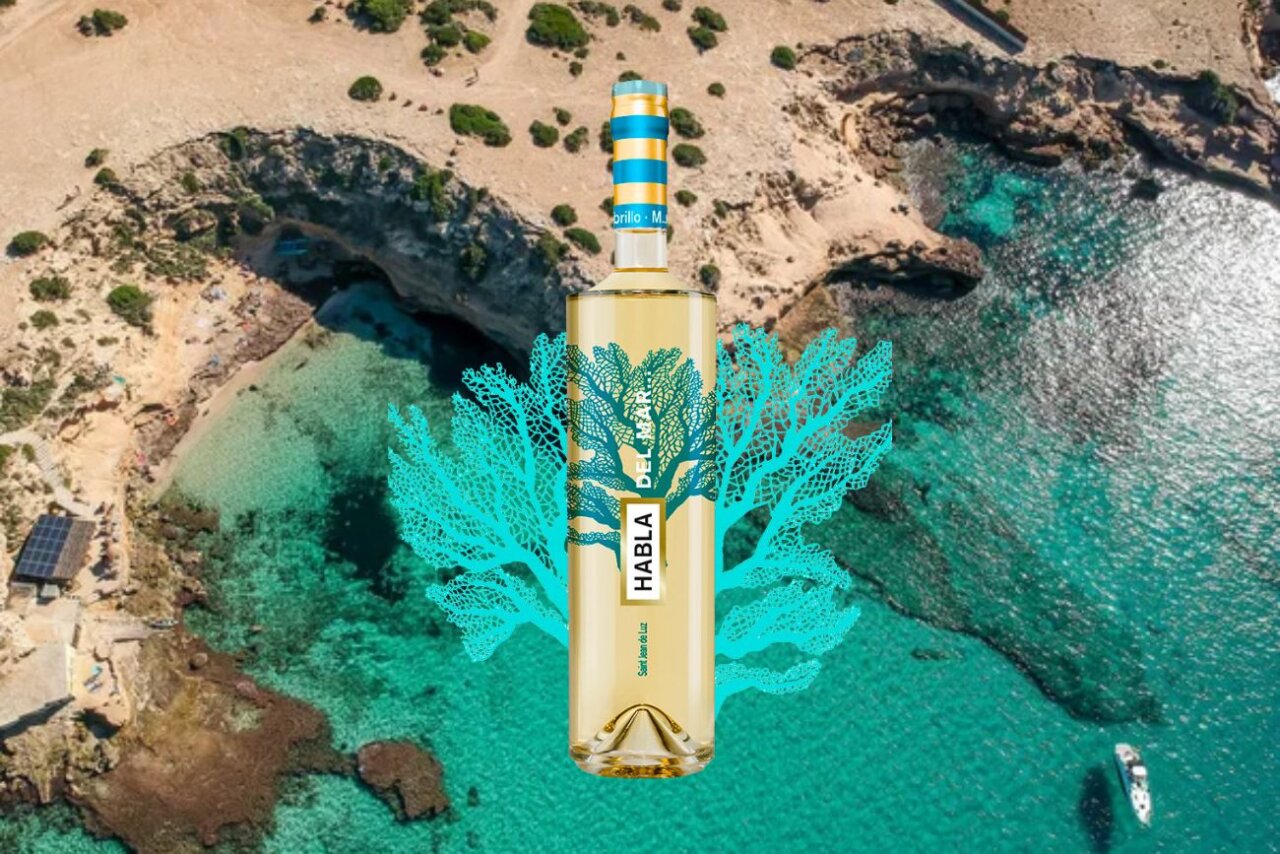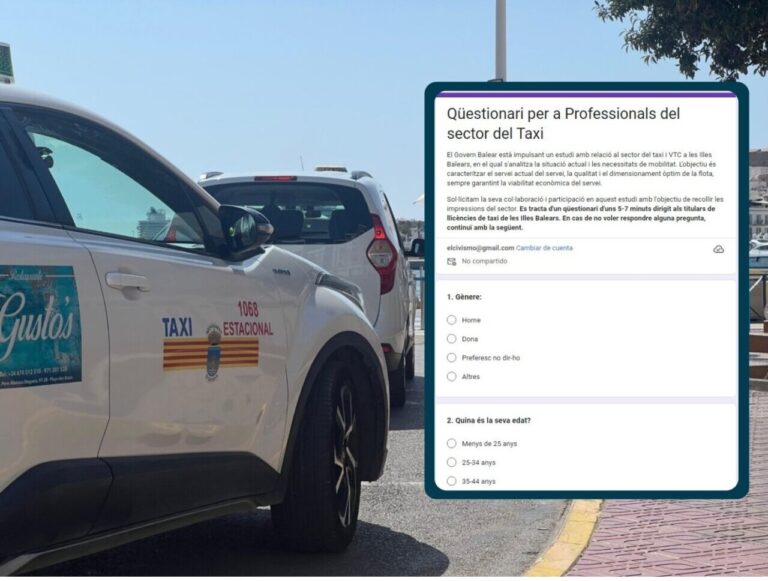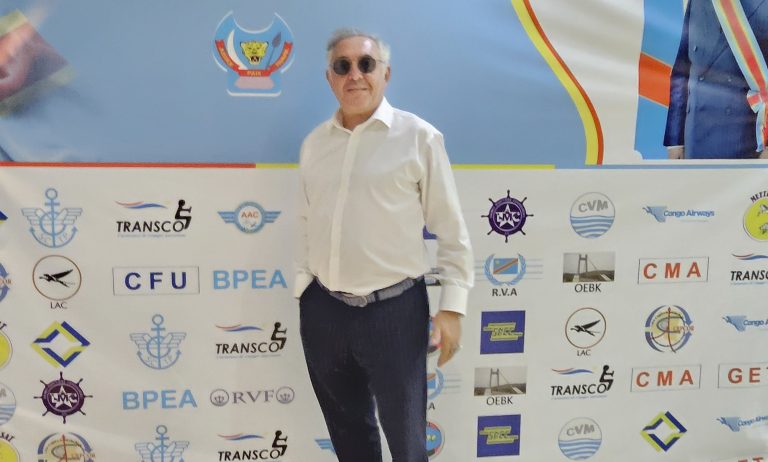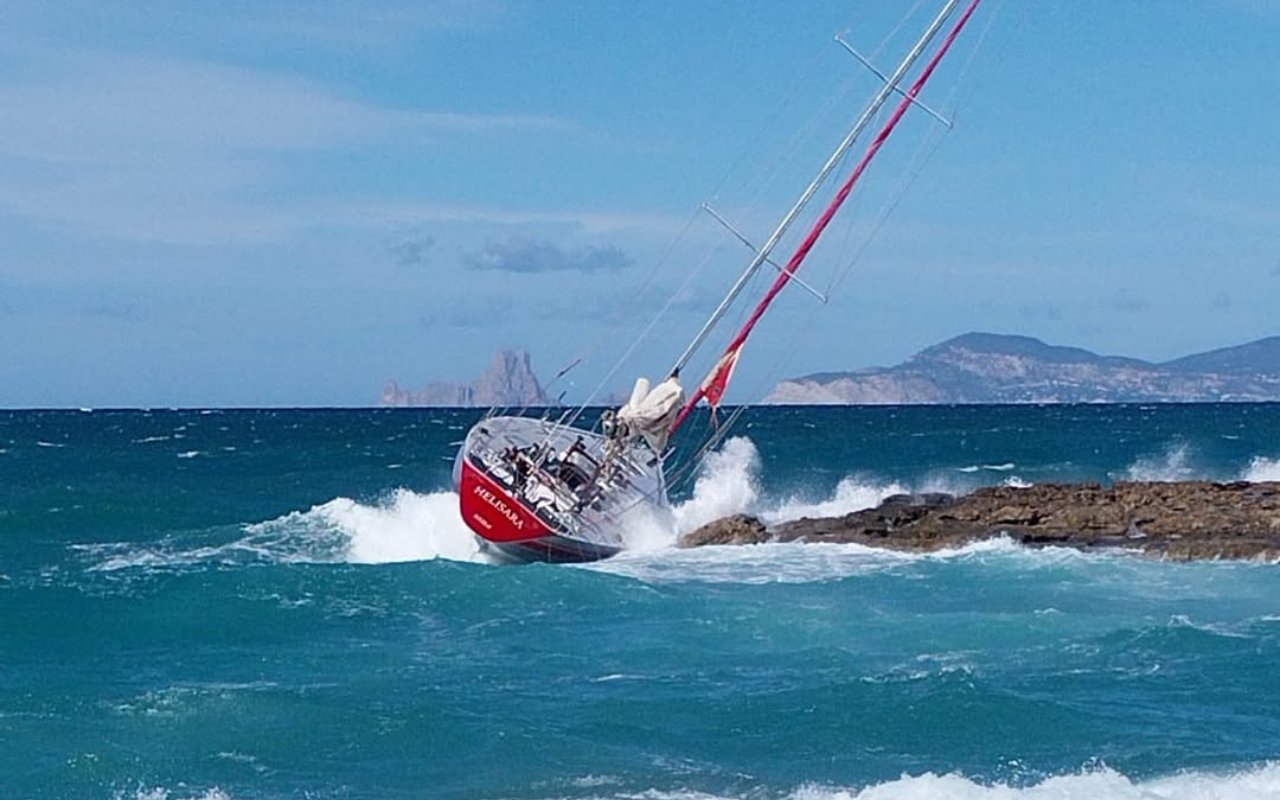A unique proposal seeks to transform the seabed of Cala Roja into a space for oenological experimentation. The initiative, promoted by the company Bodegas BH SL, contemplates the aging of wine underwater through the immersion of fifteen watertight buoys that will act as underwater aging chambers.
The application to temporarily occupy an area of 32 square meters of the maritime-terrestrial public domain has already been published by the Balearic Government’s Ministry of the Sea and Water Cycle in the Official Gazette of the Balearic Islands (BOIB), thus opening the legal period of public exposure so that allegations can be submitted.
The company based in Trujillo (Cáceres) manages a similar project in Saint-Jean-de-Luz, a French commune located in the Pyrénées-Atlantiques department in the New Aquitaine region on the shores of the Bay of Biscay.
This underwater white wine, which is called Habla del Mar, is marketed at 21 euros per bottle of 750 milliliters. According to the company’s calculations, this would be the same value for the drink matured in Ibizan waters, which will be called Habla del Mar Ibiza .
However, these values are far from its most expensive products: the most expensive is a Syrah called Habla No. 3 which is sold at 391.43 euros.
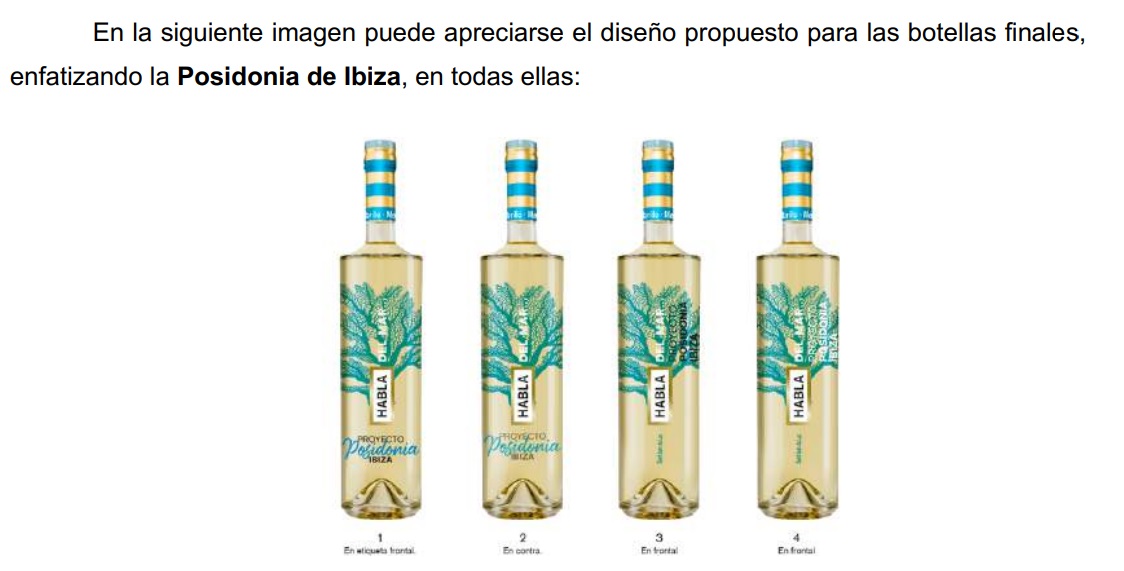
What this process consists of
Underwater wine aging is an innovative winemaking technique that consists of submerging bottles in the seabed for a certain period of time.
The objective is for the wine to evolve in a natural environment that is very different from that of conventional wineries, taking advantage of the unique conditions offered by the sea.
Factors such as constant temperaturetemperature absolute darknessthe high pressure and the continuous movement of the currents have a direct influence on the refinement of the wine. In this environment, the depths act as a natural thermal regulator, maintaining a stable temperature that avoids oscillations detrimental to its quality.
In addition, the pressure facilitates greater oxygen ingress through the cork, which accelerates certain maturation processes, such as color stabilization in young red wines. stabilization of color in young red wines, similar to what occurs in barrels.similar to what occurs in barrels.
The absence of light protects the contents from solar radiation, which slows their evolution. The gentle rolling of the sea modifies the internal structure of the wine, softening tannins and highlighting its fruity expression, while avoiding defectswhile avoiding defects such as reduced aromas.
A fermentation marked by the sea
As explained in the project document in the possession of La Voz de Ibizathis practice is based on five main environmental factors:
- Temperature controlled: “The seabed on which the application is made offers unique conditions by allowing fermentation activity to take place under small but continuous temperature changes, that is, without exceeding a temperature range of 19 ºC or dropping below 12 ºC”.
- Elevated pressure: “The seabed on which the application is formulated offers a pressure of approximately 3 atmospheres (…), which favors the fermentation process giving the food unique nutritional characteristics”.
- Constant motion: “The seabed offers a unique rocking element based on its currents, tides and waves; this constant movement (…) endows it with special and unique characteristics”.
- Reduced gravity: “Being on the seabed, the weight of the object is less than on the surface and translates into a higher gravity pressure.”
- Tidal effect: “The biodynamics of the tides uniquely influence the wine fermentation process (…), allowing the wine to ‘breathe’ more or less every six hours”.
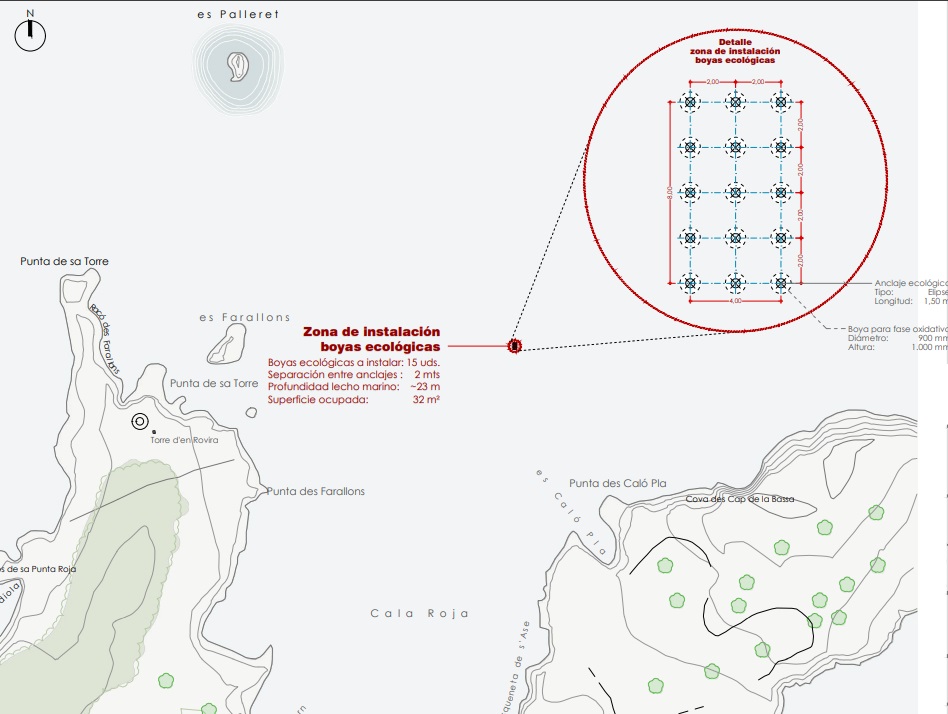
Limited production and premium destination
The immersion process will be carried out by means of watertight buoys which will be anchored -if the project is approved- every year between 2026 and 2029, and will be removed at the end of each season.
Each of the 15 buoys may contain up to 270 usable literswith an estimated total capacity of 4,050 liters per year.
The technical dossier proposes an estimated price of 17.33 euros per liter17.33 per liter, of which 1 euro will be donated to environmental causes.
In this sense, for the final production capacity, the project calculates an annual gross income of 66,150 euros.
On the other hand, the 17,725 euros, which includes buoys, propeller-type ecological anchors, straps, shackles and assembly costs.17,725, which includes buoys, propeller-type ecological anchors, straps, shackles and assembly costs.
The design has been conceived with sustainable criteria in mind, according to the promoters: the buoys will be anchored to a sandy seabed. anchored to a sandy seabedThe buoys will be anchored to a sandy seabed, without posidonia meadows or frequent boat traffic, which avoids environmental interference and ensures compatibility with other activities.
An enological proposal with environmental objectives
The project not only seeks to innovate in the wine sector, but also to promote ecotourism, environmental education and marine conservation. ecotourism, environmental education and marine conservation..
Among the additional objectivesare highlighted:
- “Underwater maturation to enhance saline properties and freshness.”
- “Part of the profit per bottle sold will go to initiatives for the protection and regeneration of Posidonia oceanica.”
- “Alliances with dive centers for guided tours of the dive site.”
- “Development of educational programs on Posidonia for schools”.
In addition, the promoter argues that this model can generate local employmentThe promoter also suggests that this model can generate local employment, involving technical profiles in oenology, environmental conservation and underwater activities.
Continue reading:
-
The new project of Bodegas Can Rich: fresh wines and Ibicencan tradition
-
A wine giant disembarks in Formentera
-
Ibiza adds a new air connection with London for the 2026 season
-
ExpoPalau 2025 turns Ibiza into a major meeting point for energy and construction
-
This will be Vibra Hotels’ most artistic hotel: elegance, history and an opening that redefines urban luxury.
-
Mondrian and Hyde Ibiza achieve Green Key certification reaffirming their commitment to sustainable tourism
-
Who are the richest Balearic Islanders in Spain in 2025? This is the new Forbes ranking

